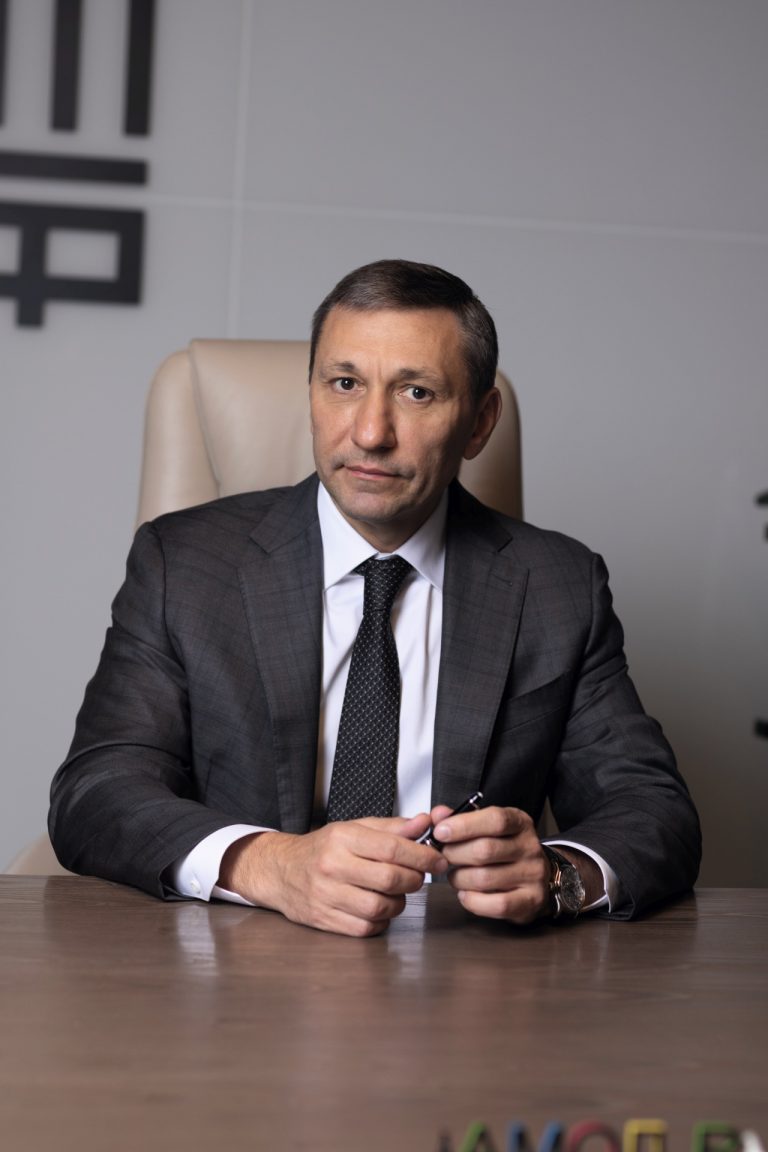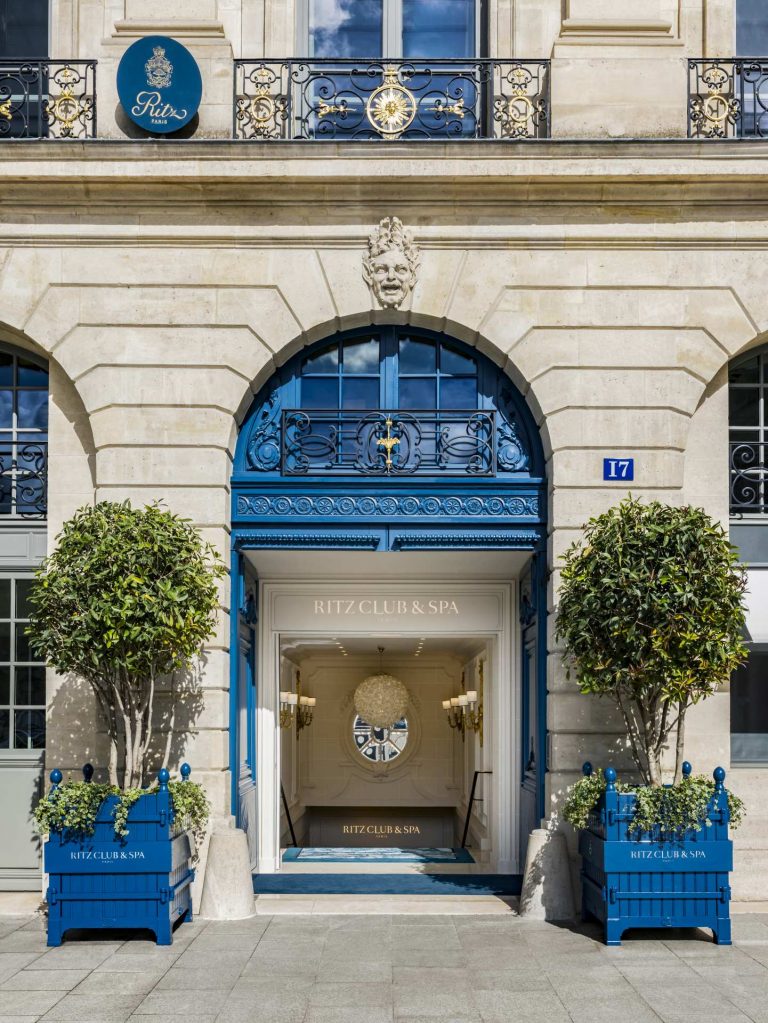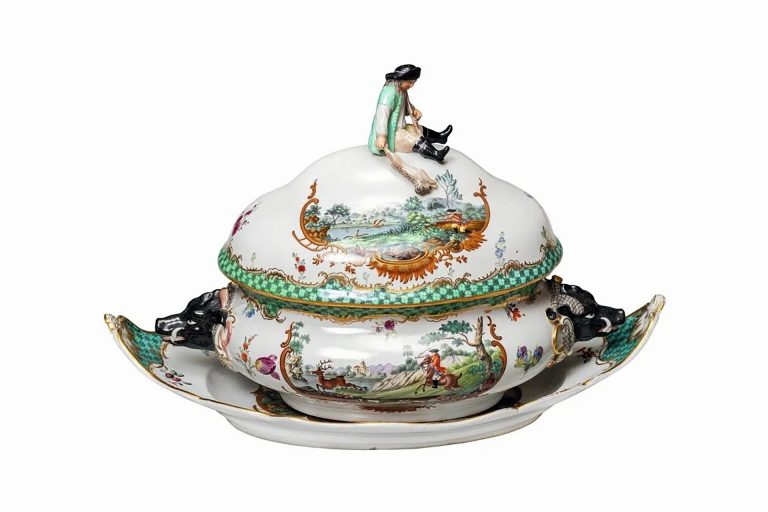Until July 21, the Louvre is hosting its first-ever fashion exhibition — Louvre Couture.
The exhibition Louvre Couture: Art and Fashion is, it must be said, an unprecedented event for the Louvre. For the first time, a large-scale exhibition dedicated to fashion has been organized within the walls of Paris’s oldest museum. The idea for this project emerged about 15 years ago, but it has only now come to fruition. Covering an area of 9,000 sq. m, the exhibition features items from the collections of 45 fashion houses, as well as works by leading designers of both the past and present. Dior, Chanel, Balenciaga, Givenchy, Louis Vuitton, Versace, Alexander McQueen, Iris van Herpen, and many others have contributed their creations to the exhibition. More than a hundred haute couture and prêt-à-porter outfits, along with bags, shoes, and jewelry from 1949 to the present, are displayed in the context of French history, painting, and decorative arts.
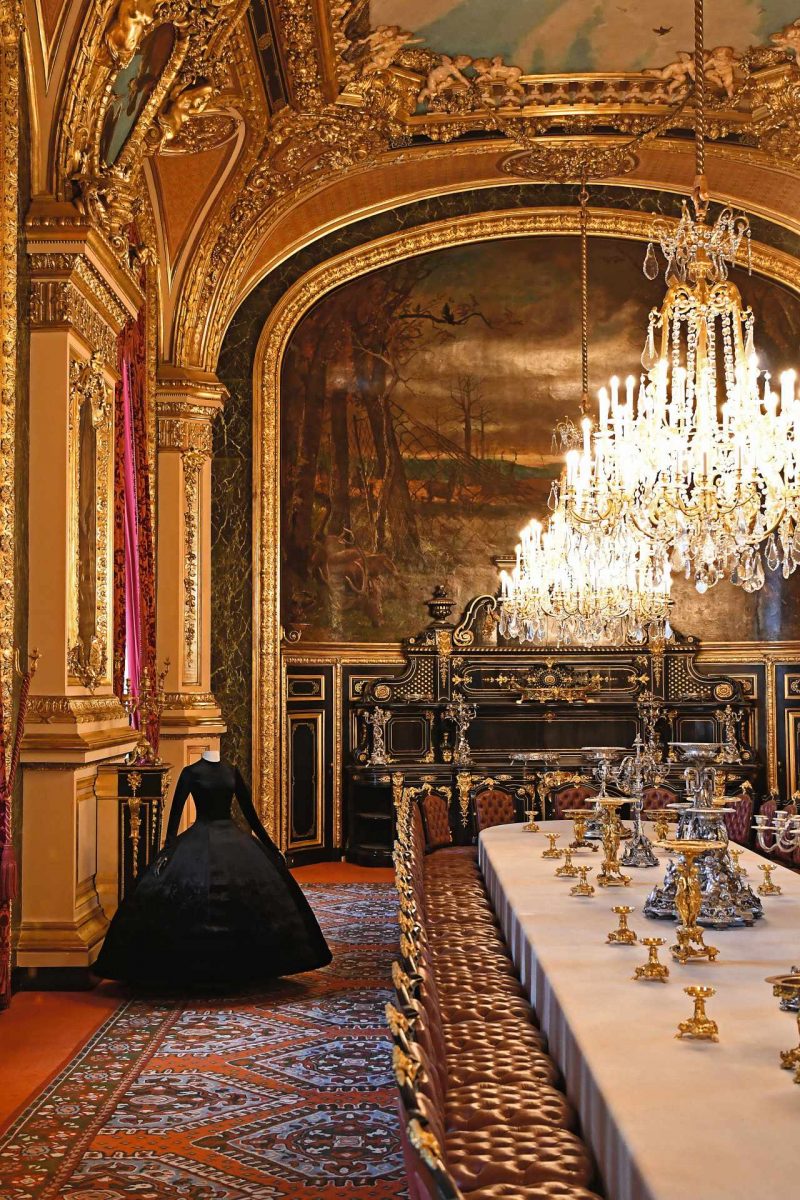
The exhibition is curated by Olivier Gabet, the new director of the Louvre’s Department of Decorative Arts. He has been working here since 2022, previously serving as the director of the Louvre’s Les Arts Décoratifs Museum. Gabet knows his field well — it was under his leadership that monumental exhibitions took place, such as Christian Dior: Couturier of Dreams in 2017. “Museums are essentially great mood boards for designers,” Gabet says quite seriously. And Louvre Couture is structured exactly like a mood board. The exhibition primarily presents visual connections between fashion pieces and works of art — connections that even an untrained viewer can easily grasp. Indeed, fashion often draws from art, with designers looking to painting and the aesthetics of different cultural eras — be it Antiquity, Art Deco, Surrealism, or the Avant-Garde — for inspiration. However, Olivier Gabet didn’t seek out such deep conceptual links; instead, he arranged the dresses and other pieces in a way that is, above all, clear and visually striking. “Fashion is a part of contemporary popular culture, a part of visual culture. Many people feel in harmony with fashion, and this exhibition is a way to invite them into the museum and show that they can also be in harmony with the museum,” Gabet said in an interview with Vogue.
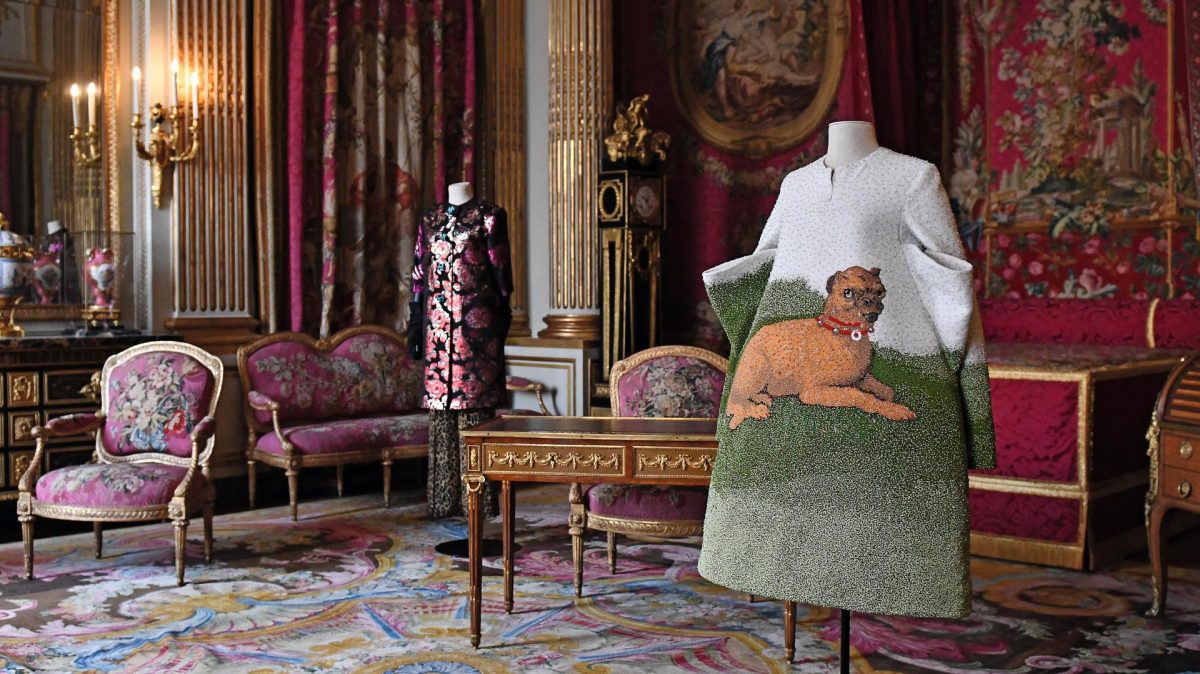
In a way, the exhibition at the Louvre is like poetry, where fashion and art are “rhymed” together. For example, Chanel necklaces and bracelets are displayed alongside Byzantine-era artifacts, while JW Anderson’s famous dove-shaped clutch is placed next to a 13th-century Limoges enamel Eucharistic dove. The red velvet Dior gown, designed by John Galliano for the Fall 2004 collection, harmonizes with the baroque upholstery of furniture that once belonged to Napoleon III. An ivory-colored suit by Alexander McQueen from his collection for Givenchy is displayed next to Bonaparte’s throne. The Bambi characters on a suit by Jean-Charles de Castelbajac and a massive plush hat with antlers echo the themes of 16th-century hunting tapestries. The beauty of a pleated gown embroidered with mosaic flowers from Fendi’s 2019 couture collection is accentuated by objects reflecting the opulent splendor of the Renaissance.

Of course, there are more direct parallels as well: for instance, the silk dress by Christian Dior from the 1949 collection, which greets visitors at the exhibition, was indeed dedicated by the couturier to the Louvre. And on a jacket by Karl Lagerfeld for Chanel, the embroidery almost literally replicates the lacquered pattern on an 18th-century commode by cabinetmaker Mathieu Criaerd. Lagerfeld truly loved chinoiserie, and these motifs frequently appear in his creations.
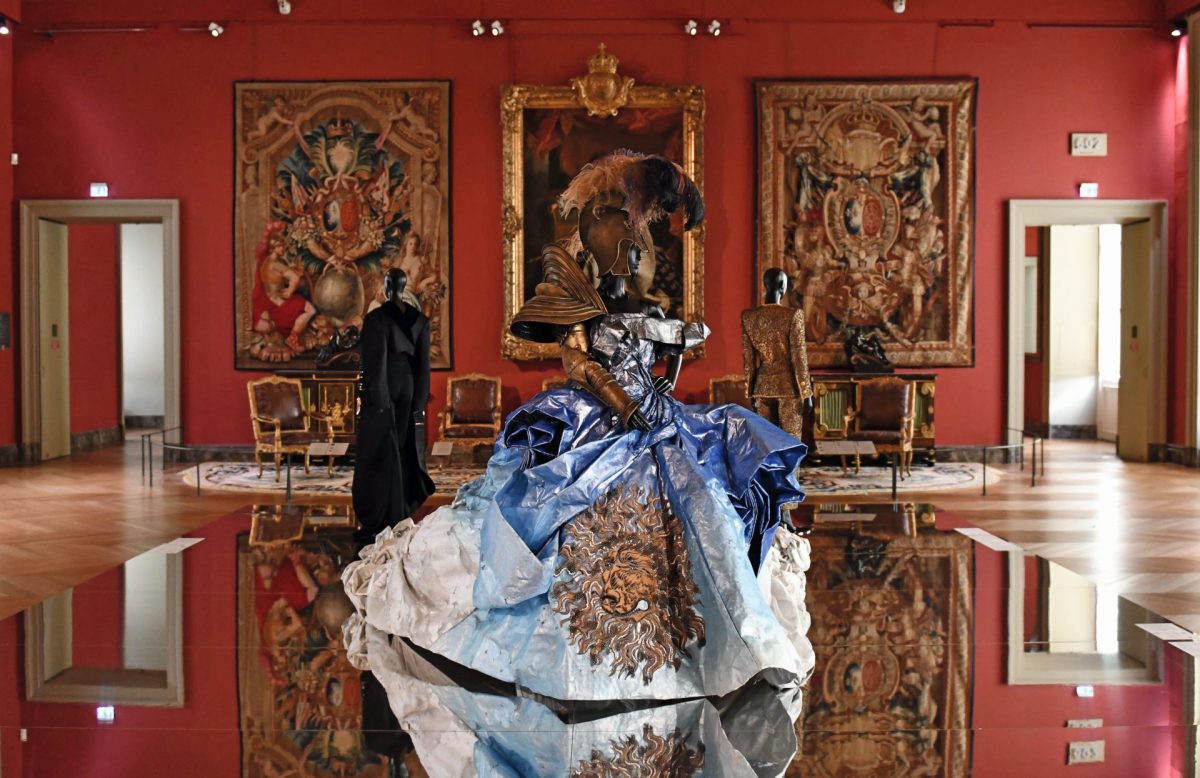
At the Paris exhibition, the riches of the Louvre serve as lavish backdrops for fashion, highlighting both the straightforward, literal connections between fashion and art, as well as the subtle mechanisms of creativity. The exhibition’s concept unfolds in two directions: on one hand, fashion is elevated to the level of art, and on the other, the museum itself becomes more accessible, relatable, and understandable to a consumer-driven society.
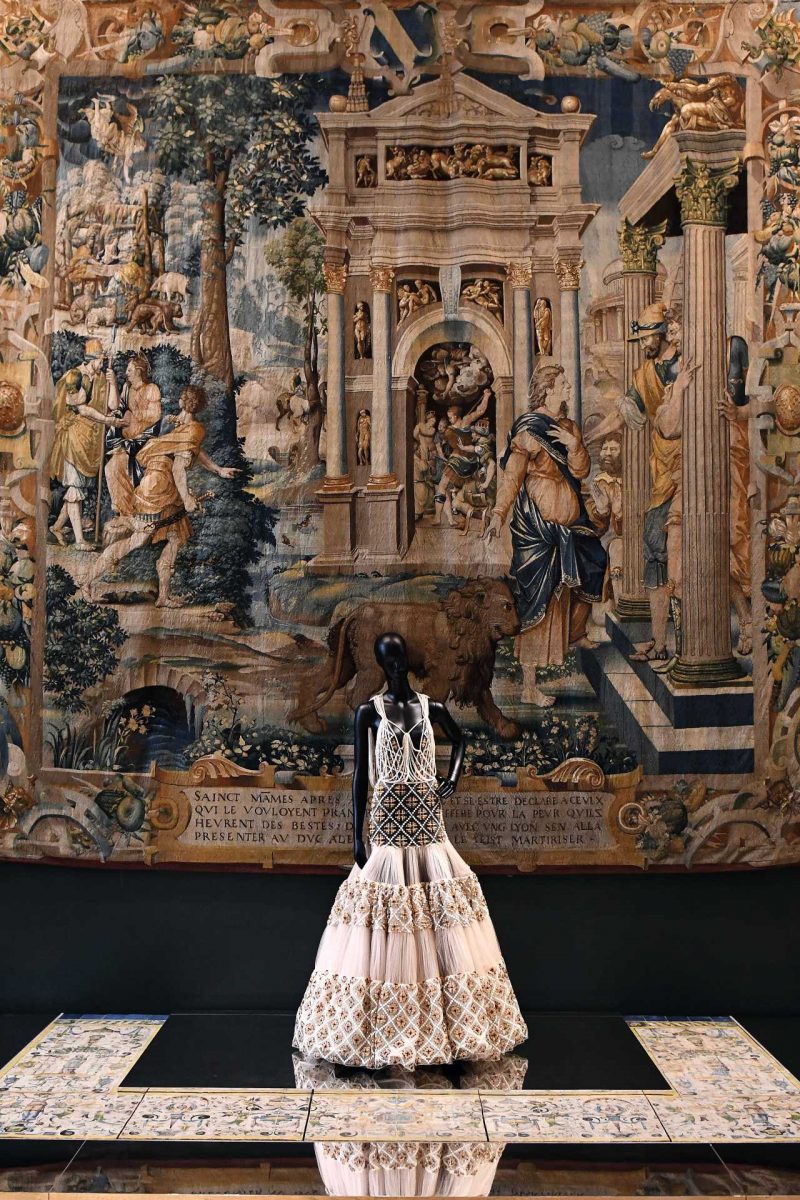
Photo: ©Musée du Louvre/Nicolas Bousser
